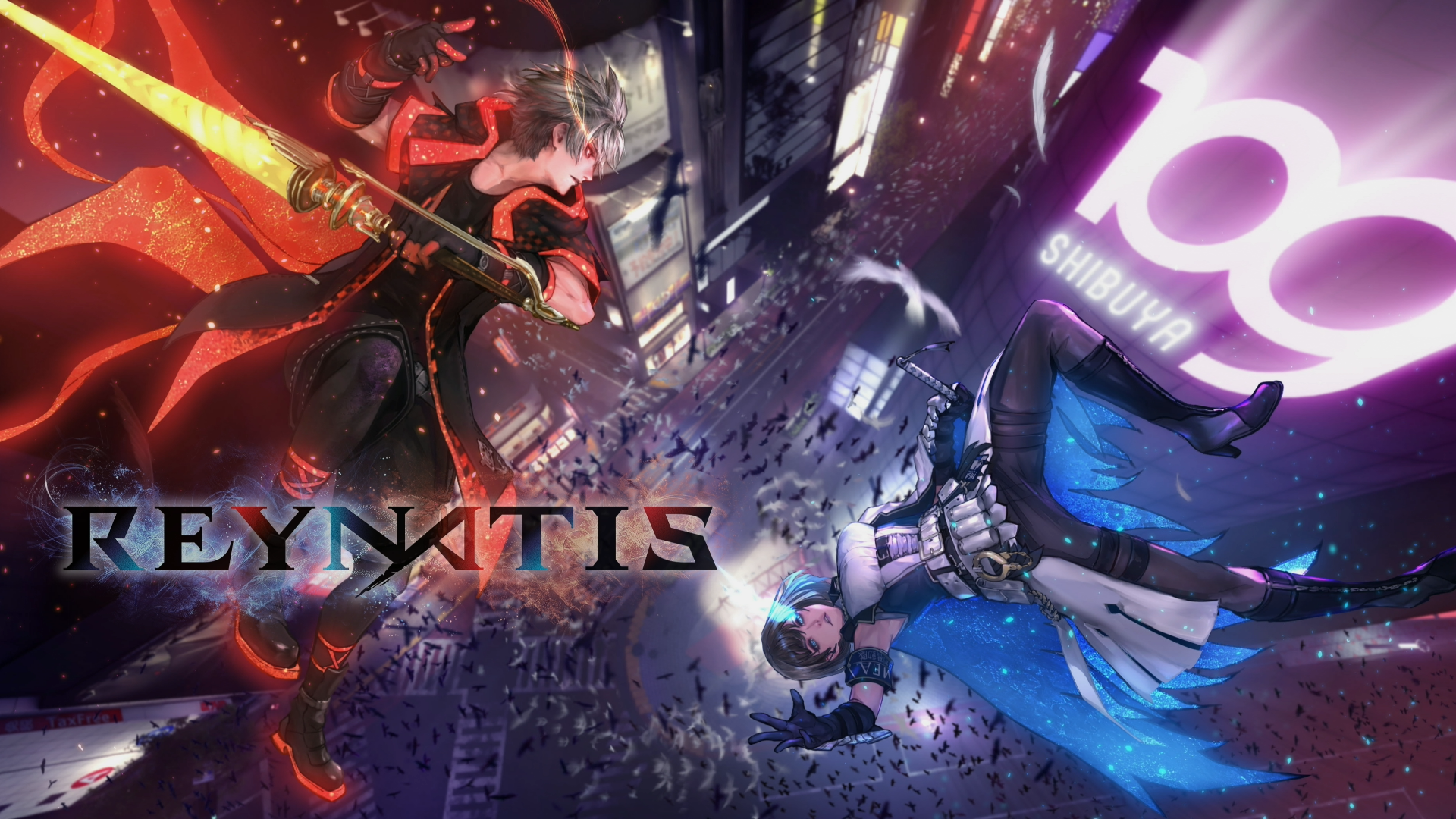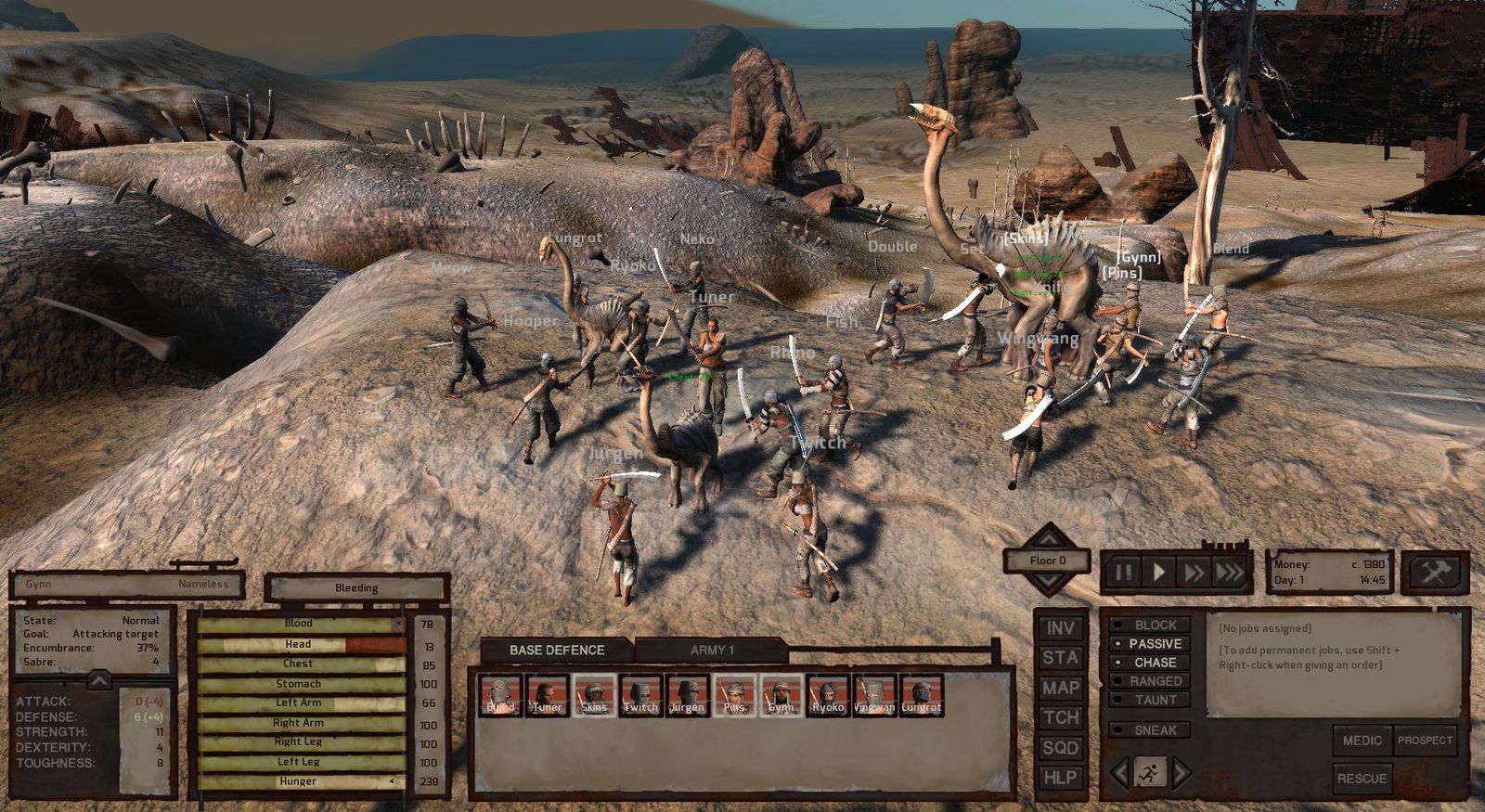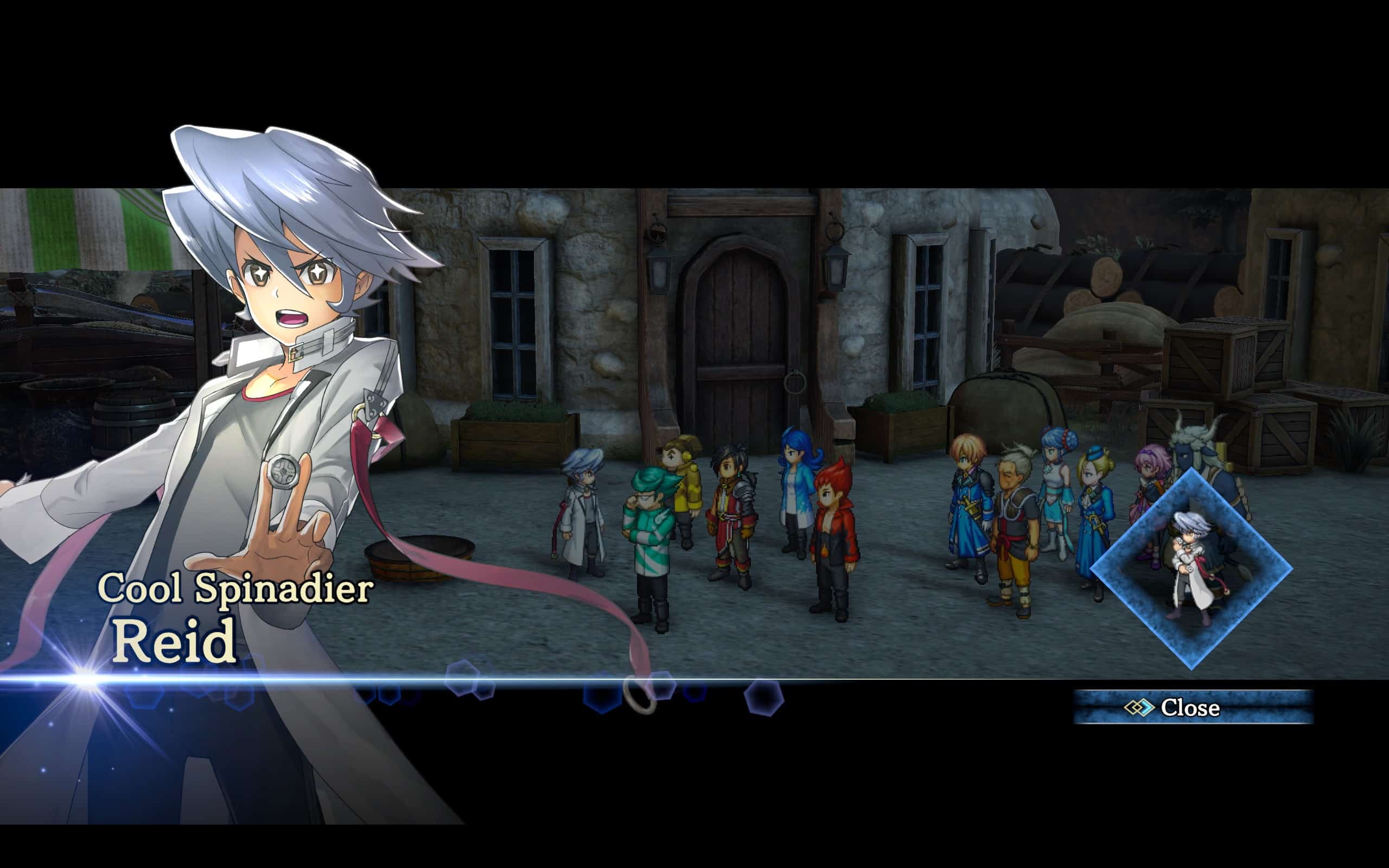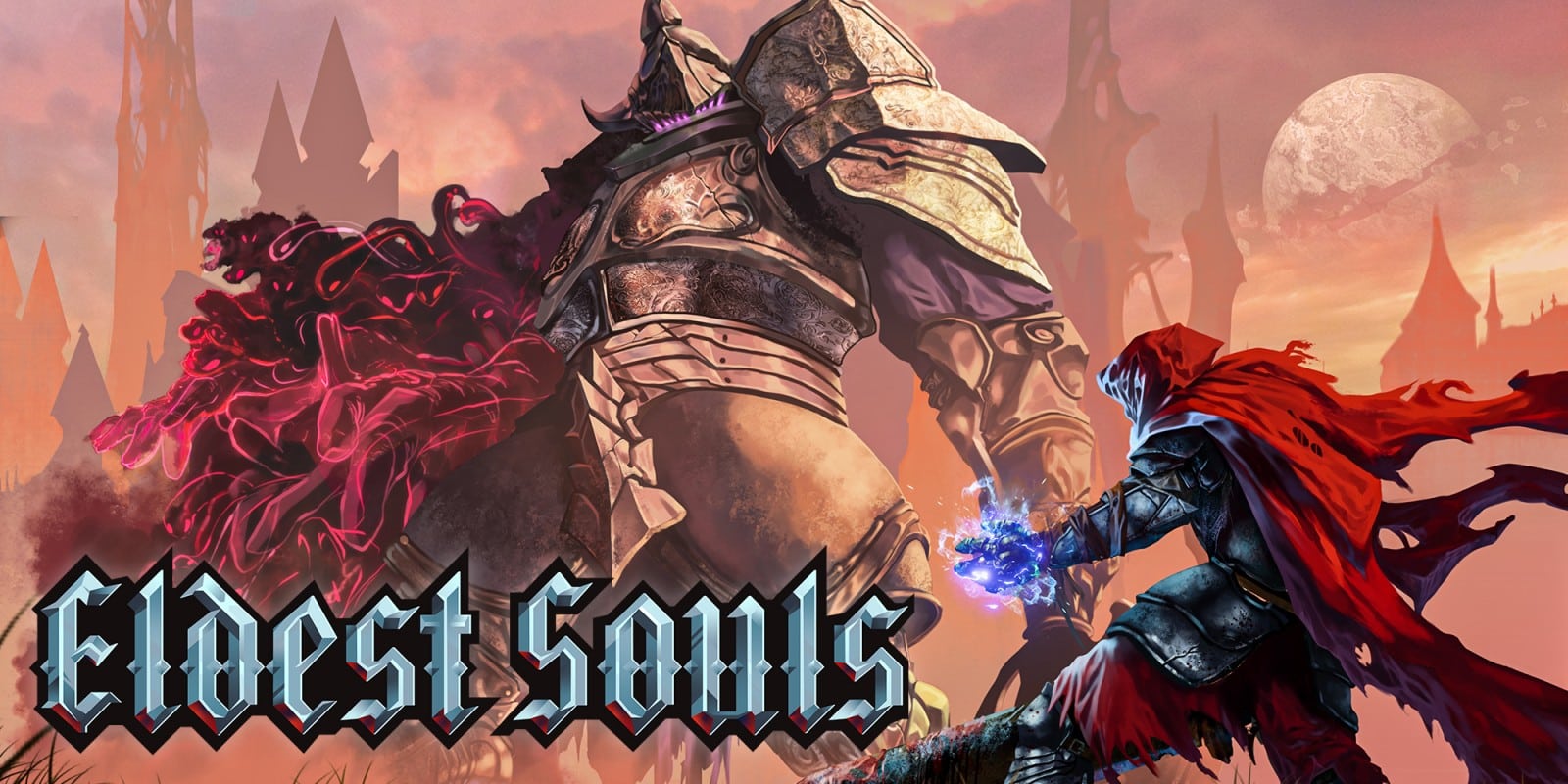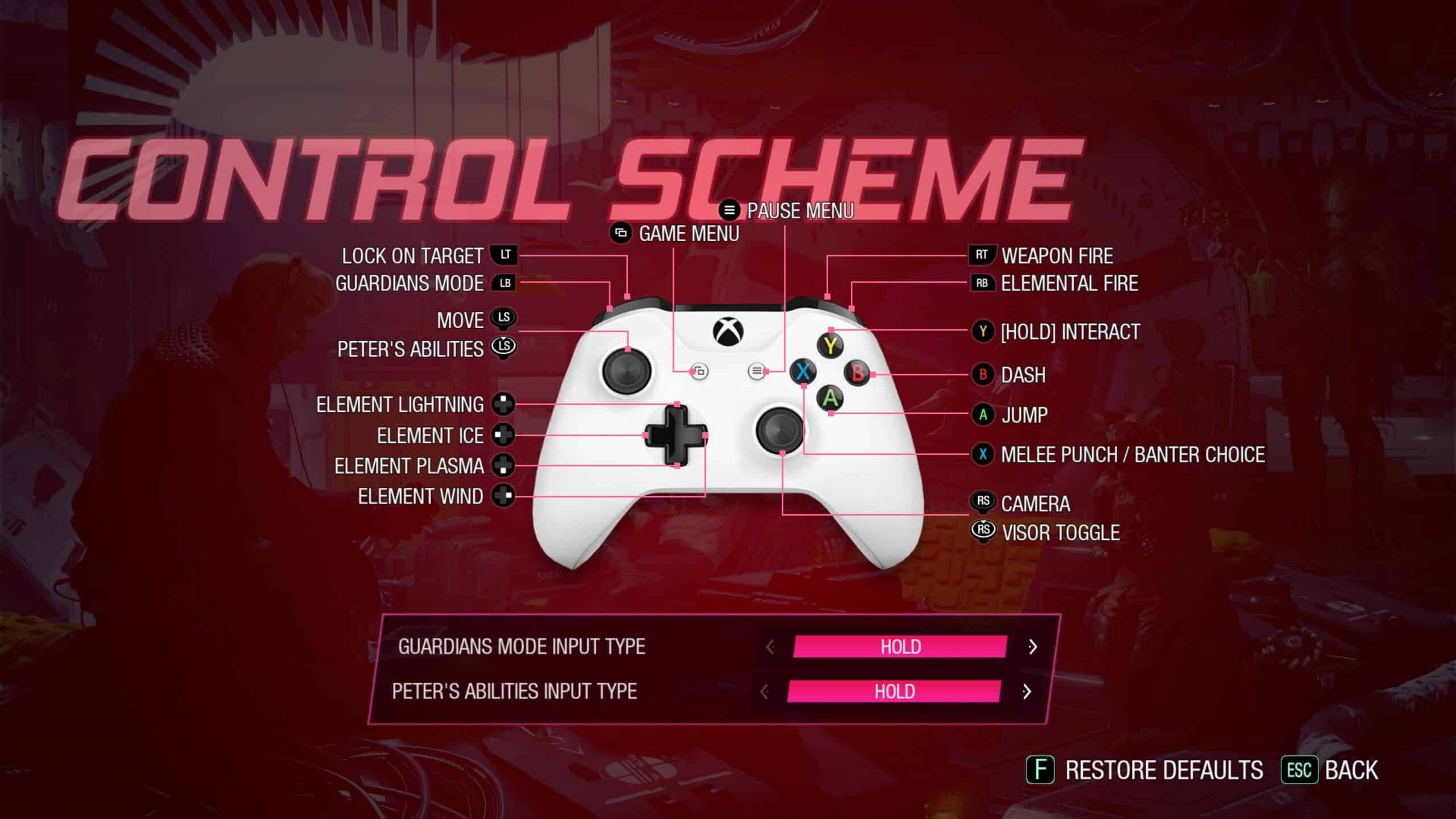One of the longest battles in gaming history is between style, and substance. There are classics on both sides, many of which remain popular to this day. Overtime players learned a good mix of both can result in a massive success. This is ultimately what launched Nippon Ichi Software’s hit franchise, Disgaea. Diverse and quirky characters that are supported by one of the most engaging tactical RPGs around. In the case of Reynatis, it absolutely has the style, along with support from The World Ends with You, but is it stand out against so many impactful titles?
Reynatis‘ story is told from two different perspectives. On one side is Marin, an oppressed wizard that values freedom; and on the other is Sari, who believes in order and wants to end a drug known as Rubrum. Despite sounding rather simple, there are a lot of moving parts that slowly come into play.
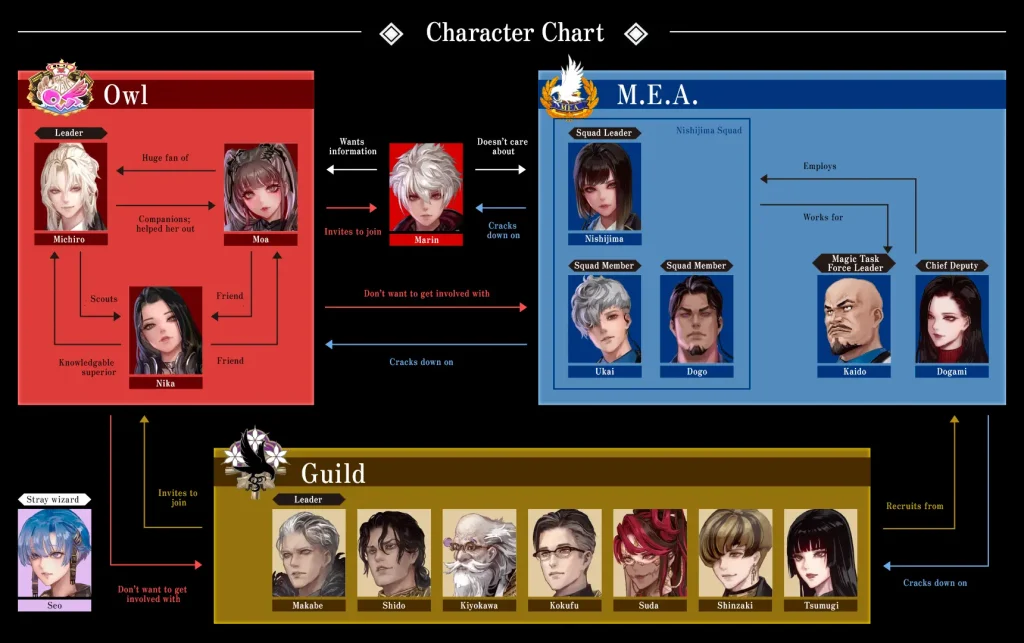
It’s Really That Simple
While the narrative eventually moves in an interesting direction, Reynatis has an incredibly slow start. This is largely due to the narrative introducing the larger world through hints/teases. That isn’t to say this approach is wrong, but there it lacks a great initial hook. Just a hope the set up is worth the investment.

This inconsistent nature can be found in every aspect of Reynatis. The best example of this is the central combat system.
At first it seems like a rather straightforward Action RPG. There is a lock on, attack skills, special attacks, and a strong emphasis on dodging. Where it starts to feel rather annoying is how MP works.
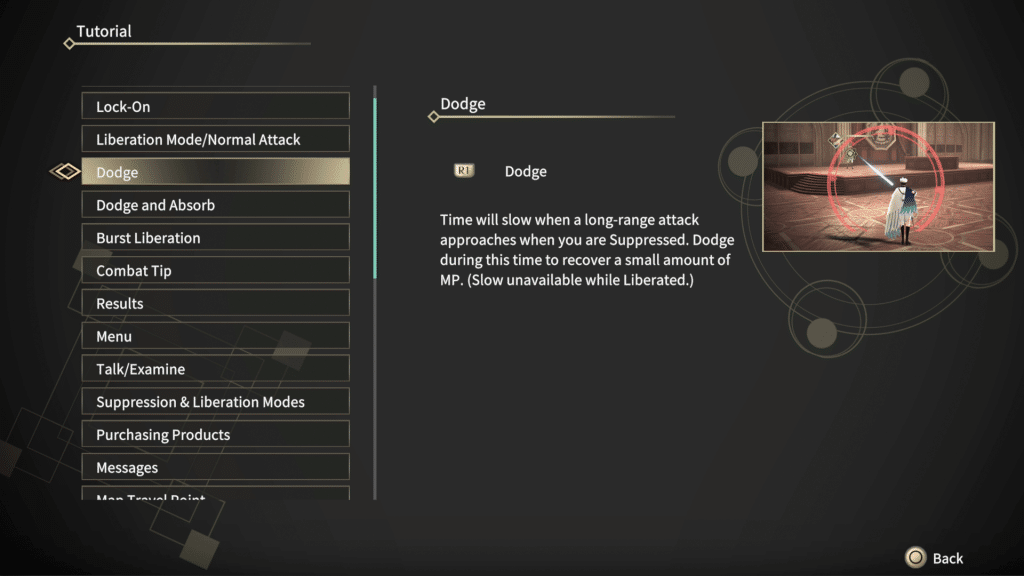
In essence MP in Reynatis is just stamina. Everything from being liberated, a state where players can utilize magic, to attacking uses some amount of MP. When depleted, or not in use, it will gradually recover. Players can further speed this process up by dodging enemy attacks.
Properly dodging allows players to gain MP. In theory it makes for a more engaging system. Players need to coordinate attacks, think ahead, and put themselves at risk to consistently mount a counterattack. However, it ultimately depends on the situation in question.

A lot of weaker enemies can be dominated with relative ease. More powerful enemies encourage players to embrace these systems, though aggression can be a mixed bag. Certain enemies, especially rangers, tend to be on the more hostile side. As nice as this is, they also pose immense risk. They were often best taken care of early, and approached with caution. Melee enemies are less risky to dodge, but in a lot of cases attack so slow it’s best to avoid risk entirely.
Thankfully, the various characters offer somewhat different play styles. Even melee characters have their own flavor, though the experience varies. For example, Sari has a rather manic style of attack. It looks really cool, but it’s stylish to a fault. Not only does it make fights even longer, it adds another element to maintain.
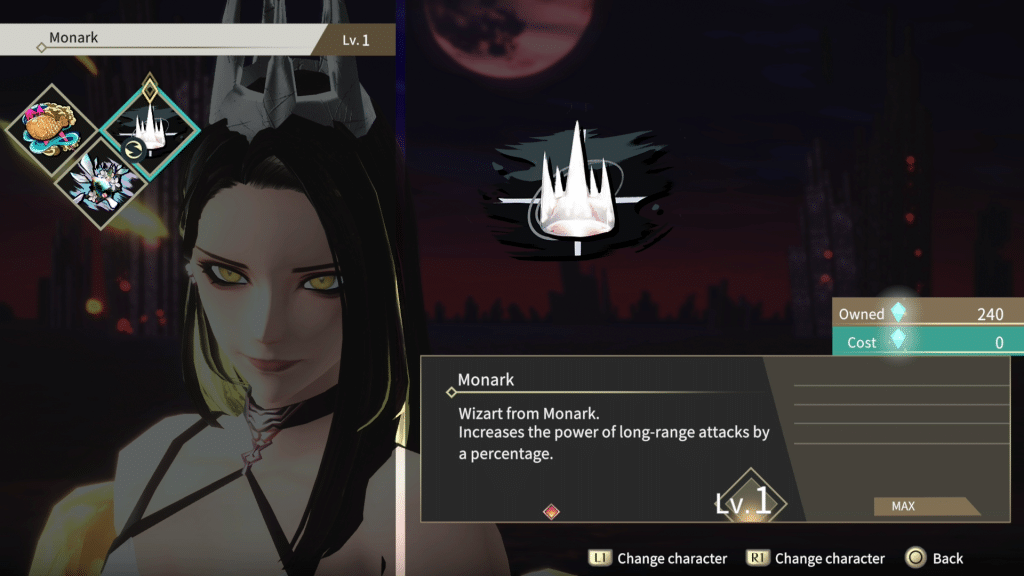
It Even Adds the Crown
To further help players in combat are a wide array of skills, and abilities. Some of these also offer fun callbacks, like Monark, and Caligula, being references to previously released games. Utilizing different skills, or at least building your party differently, is extremely important to help overcome many of the challenges that await.
Similar complexities exist outside of combat. While Shibuya eventually comes into its own, and has some welcome elements like the ability to talk to random NPCs, there is a number of things to keep track of.
One of these is “malice,” a concept that refers to how the general public feels about Wizards. This decreases as side quests/your reputation improves. Beyond that is stress, and rank. Talking to people, or just engaging in the world will increase your stress level. This gives an attack boost at the cost of defense. As for rank, it’s basically a conflict meter. Scaring people/using magic around civilians will draw attention. Getting enough rank will send a group enemies to eliminate the threat. It’s a neat system, though winning early on is an uphill battle, one that often forces players to keep a low profile.
Quite the Range
Finally, I want to touch on graphics. While certain scenes look, all things considered, quite nice, Reynatis is quite the mixed bag. Sometimes things look good, other times okay, and in some cases downright questionable. Thankfully, it usually sticks in the okay range, but it’s jarring playing a game that feels like it could’ve released on PlayStation 2, 3, or 4.
Reynatis Review Verdict
Reynatis: I don't think Reynatis is a bad game. It has interesting ideas, stylish characters, and tries to go in exciting directions, but it just isn't very consistent. Combat can go from feeling fine, to slow, to frustrating based off enemy arrangement. Likewise, the overworld has a lot of things to keep track of, though a lot of it doesn't add a ton in the grand scheme of things. Even graphics vary wildly, sometimes to its detriment. It's the type of experience that will absolutely resonate in certain players, and one where the best approach is honestly giving the demo a try if you're on the fence. – Grant
Editor’s Note: Reynatis was reviewed on PlayStation 5, and a copy was provided to us for review purposes.

